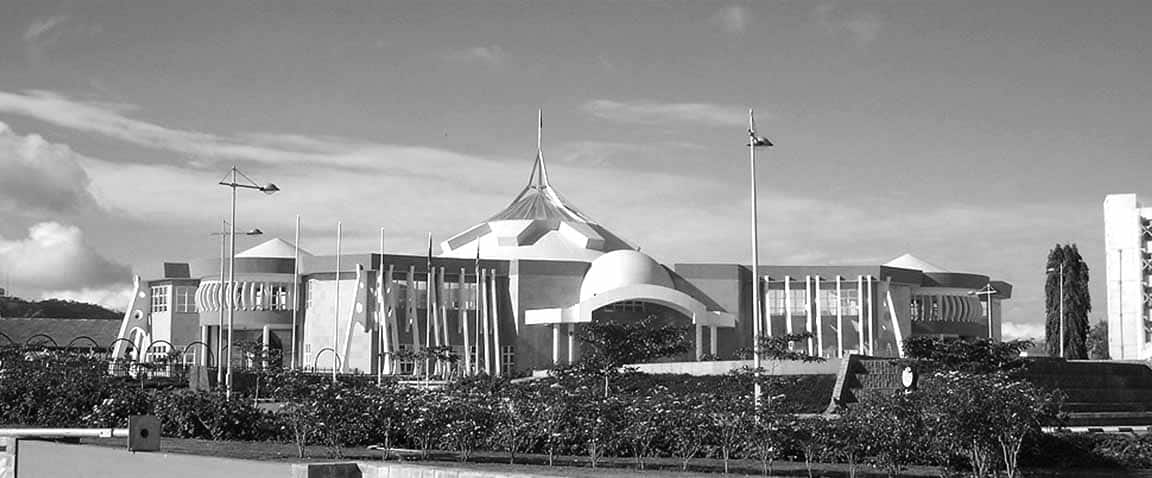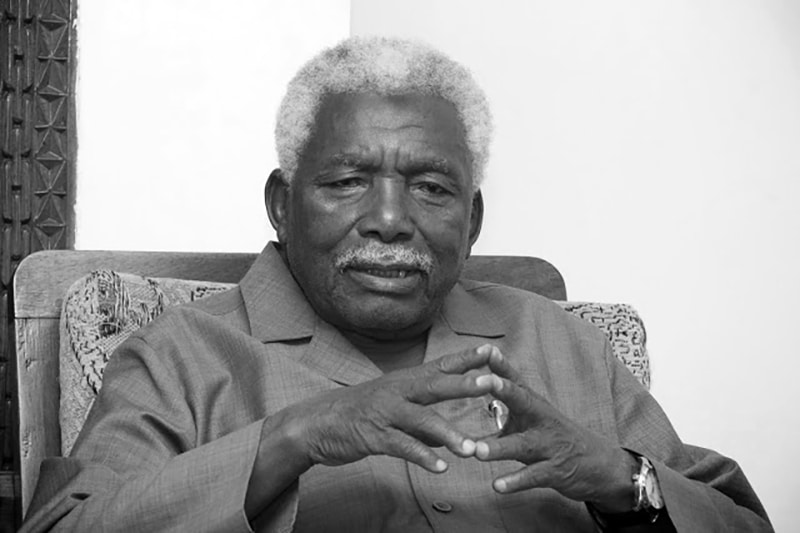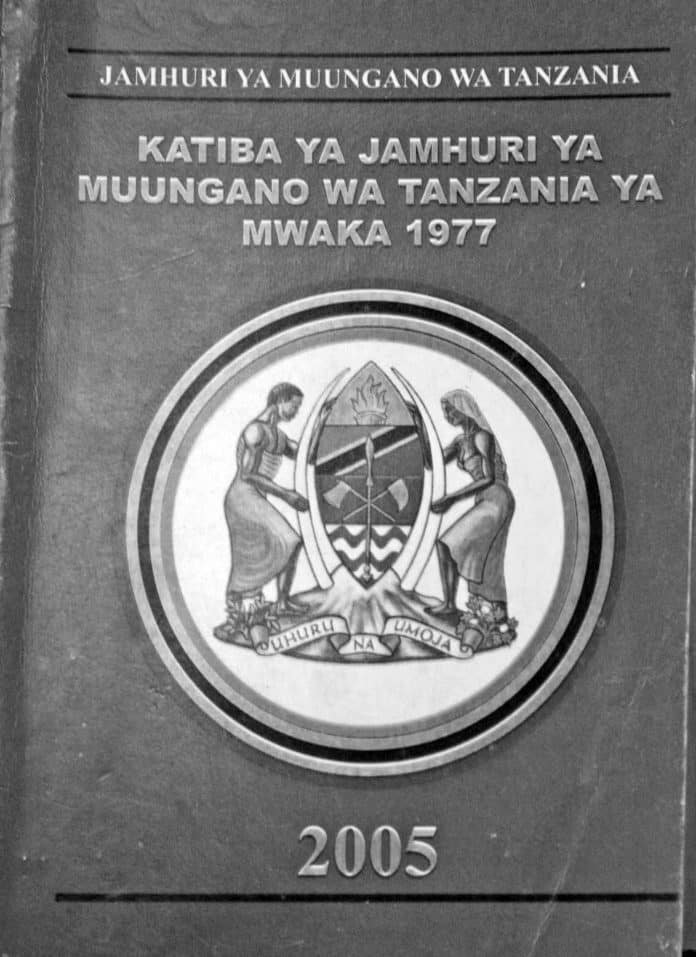The Constitution of Tanzania 1977 Onwards – Quick Overview and History
The Constitution of Tanzania, officially known as the Constitution of the United Republic of Tanzania and also called the Fourth Constitution of Tanzania or Permanent Constitution, was approved in 1977. Tanzania has previously had three constitutions before the current one – the Independence Constitution of Tanzania of 1961, the Republican Constitution of Tanzania of 1962, as well as the Temporary Constitution of the United Republic of Tanganyika and Zanzibar (1964).
History of the Constitution of Tanzania
The Constitution of the United Republic of Tanzania (1961 to 1962) Launched During Independence
Following its independence from the UK, Tanganyika embraced its first constitution. The constitution was based on the Westminister Model (excluding the Charter of Rights). The constitution made provision for the office of a Governor-General who was a representative of the Queen of Tanganyika, Elizabeth II. Thus, the Governor-General served as the official head of state.
The Prime Minister (First Minister) chosen from the majority party led the executive. This constitution of Tanzania also established the judiciary as an independent entity.
Republican Constitution of Tanzania (1962 to 1964)
In 1962, the Parliament of Tanzania (entirely made up of nominees from TANU) constituted a constituent assembly and made drastic revisions to the 1961 constitution. The most notable revision was the creation of a presidential system. Under the new constitution of Tanzania , the President of Tanzania was given the powers of the former roles of the Prime Minister and the Governor-General. Thus, the President served as the commander in chief of the armed forces and as the country’s head of state. He was also allowed to choose the vice president and ministers as well as the right to dissolve the Parliament in certain situations. In addition, the President inherited security-related repressive powers that previously belonged to the Governor-General, as well as new ones. For instance, the Preventive Detention Act permitted the President to detain any individual without trial.

Temporary Constitution of Tanzania (1964 to 1977)
Zanzibar and Tanganyika merged to form the United Republic of Tanganyika and Zanzibar in 1964. It was later renamed “United Republic of Tanzania” in the same year. The new nation’s constitution was based on Tanganyika’s Republican Constitution of 1962. The constitution of Tanzania was altered according to the agreement between Zanzibar’s dominant party, the Afro-Shirazi Party and TANU. These agreements were ratified under the name “Articles of Union” and were included in the constitution of Tanzania as “Acts of Union.” The creation of a dual government structure is also part of the country’s present constitution of Tanzania . The structure included a government for the Union as well as a largely autonomous government for the island of Zanzibar. The Zanzibari government had its President and Parliament. The Zanzibari president also served as the Union’s vice president.
The 1964 constitution of Tanzania was used ad interim. The Acts of Union contained guidelines on how to draft a definite constitution of Tanzania to be elaborated by a constituent assembly consisting of representatives of ASP and TANU. Although the process was initiated, it was eventually suspended.
1965 Changes in the Constitution of United Republic of Tanzania
The Temporary Constitution underwent several modifications after its initial layout. In 1965, a big change was made to the constitution of Tanzania in order to formalize the single-party nature of the government of Tanzania. In line with the dual government structure stipulated in 1964, the 1965 constitution identified two political parties – ASP for Zanzibar and TANU for the Union.
In the years that followed, many amendments were made. The amendments reduced Zanzibar’s autonomy and strengthened the single-party state further. For instance, a 1975 amendment established that all institutions of government, including the Parliament, were subordinate to the executive committee of the party. At the time, ASP and TANU were about to unite into the Chama Cha Mapinduzi (CCM). The merger eventually became effective in 1977.
The permanent constitution of Tanzania was approved a month after the creation of the Chama Cha Mapinduzi. The Constitution confirmed the overarching principles of the Republic and Temporary Constitutions, i.e., single-party state, double government structure, and strong presidency.

The original constitution of Tanzania has been amended at various times. Many of the amendments are related to the relationship between the government of Zanzibar and the united government. During the early 1990s, union president Ali H. Mwinyi started a programme of liberal reforms. Mwinyi nominated a commission, known as the Nyalali commission, after its head Francis Nyalali. The commission was tasked with the responsibility of making plans for the transition to a multi-party political system. Many amendments were announced based on the recommendations of the commission. The 8th Amendment established that a member of any registered political party could contest for any political position. Correspondingly, new guidelines were defined to govern the parties’ registration. The 9th Amendment reorganized presidential elections and proposed the possibility of impeachment by the Parliament. Furthermore, it separated the functions of the Prime Minister and the President.
Over time, the relationships between the Union and Zanzibar were modified too. For instance, the 11th Amendment made the Vice president of the Union and the President of Zanzibar two separate, independent roles.
The 13th Constitutional Amendment of April 2000 brought about the following changes:
– Before, a candidate required 50 percent of votes in the presidential elections to be announced President of the country; only a simple majority is now needed to be announced President.
– Prior, the President did not have the power to nominate anybody to the Parliament. All members of the Parliament, apart from the representatives of the Zanzibar House, women in special seats, and the Attorney General were elected from constituencies. The amendment permitted the President to nominate up to ten members of the Parliament.
– Increased the number of special seats for women from 15 percent to 20 percent on the, depending on the National Electoral Commission’s declaration from time to time with the President’s Consent.
Other Important Things to Know About the Constitution of Tanzania
- Ministry of Justice and Constitutional Affairs Tanzania – https://www.sheria.go.tz/
- Constitution of Tanzania pdf – Download at RSF.org Constitution of the United Republic of Tanzania
For more articles related to Laws of Tanzania (Acts), click here!

































